Free Courses Sale ends Soon, Get It Now


Free Courses Sale ends Soon, Get It Now


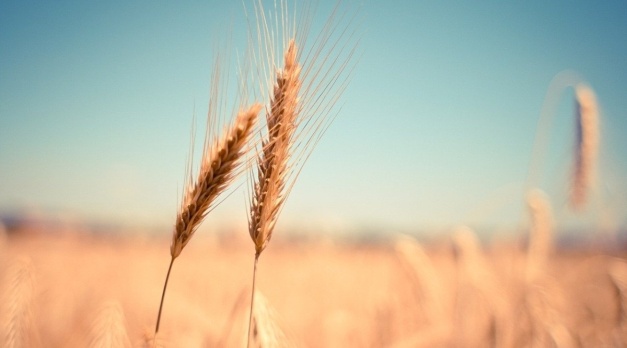
Disclaimer: Copyright infringement not intended.
Context
Background
|
The impact of Russia's 2022 invasion of Ukraine on Global Wheat Production Russia and Ukraine together account for nearly 30% of the global wheat trade. As a result, Russia's 2022 military invasion of the Ukraine sent global wheat prices soaring, with Ukraine's production ability compromised and many countries restricting or shutting down trade relations with Russia. Russia is also a major supplier of fertilizer, which is vital to maximizing crop yields. Ukraine's wheat exports plunged after the Russian invasion. Russia’s invasion of Ukraine destroyed infrastructure and closed ports. The cost of everything has risen in recent months as wheat prices soared on world commodity markets. The U.N.’s international Food Price Index rose to an all-time high in February, 2022. |
Before the ban, India had aimed to ship a record 10 million tonnes of wheat this year.
Implications
New Relaxations
Wheat
Climate requirement
Soil
To sum up wheat requires a combination of factors including cool climate with moderate rainfall, flat and well drained plain areas, fertile friable loam and heavy inputs in the form of irrigation, HYV seeds, fertilizers and mechanization.
Areas of Cultivation
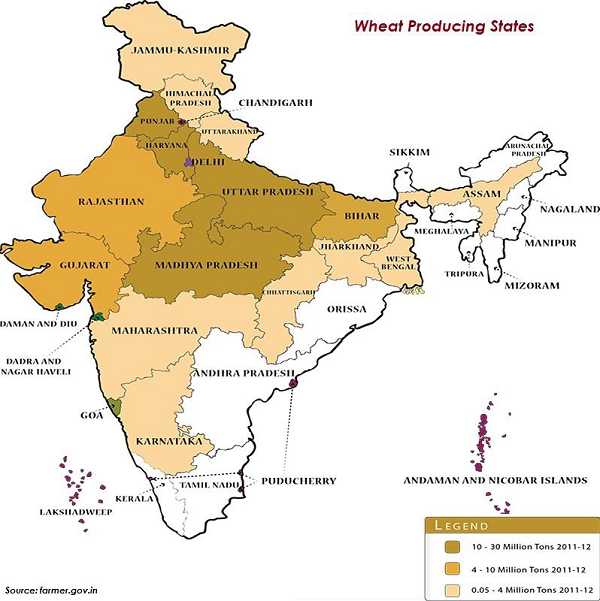
Production
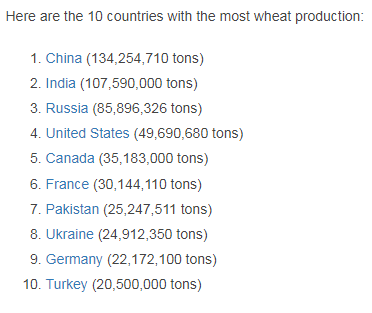
Wheat Exports
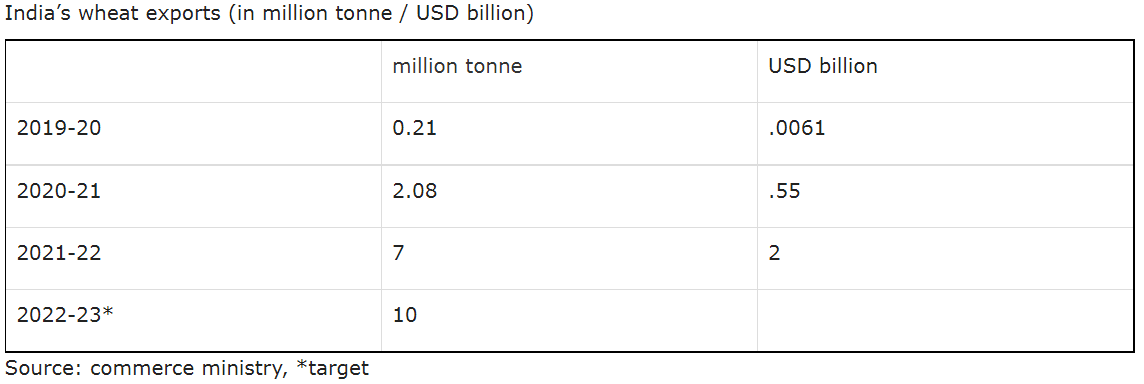
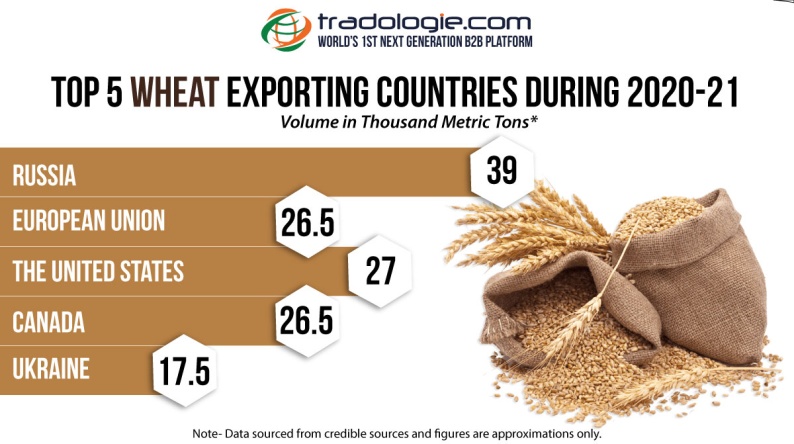
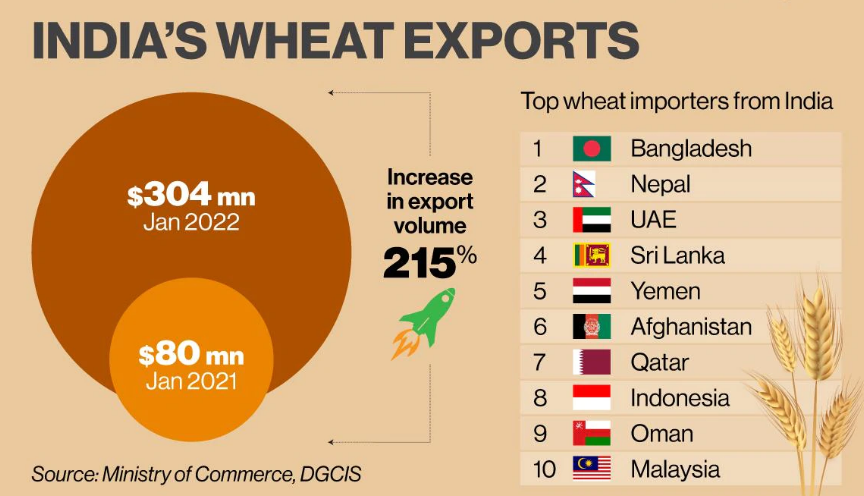
https://www.pib.gov.in/PressReleasePage.aspx?PRID=1825991
© 2024 iasgyan. All right reserved